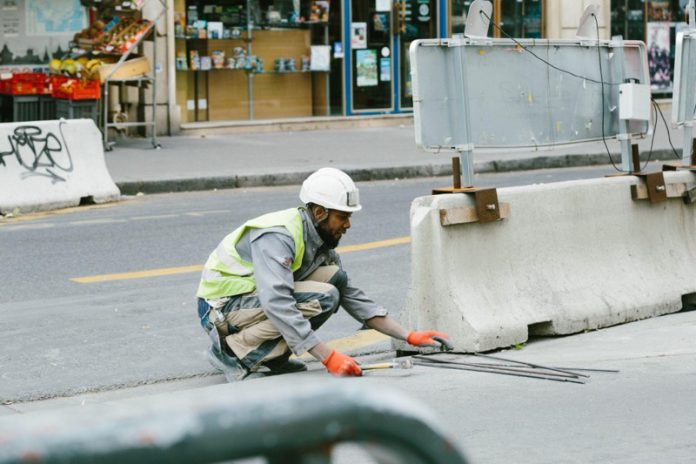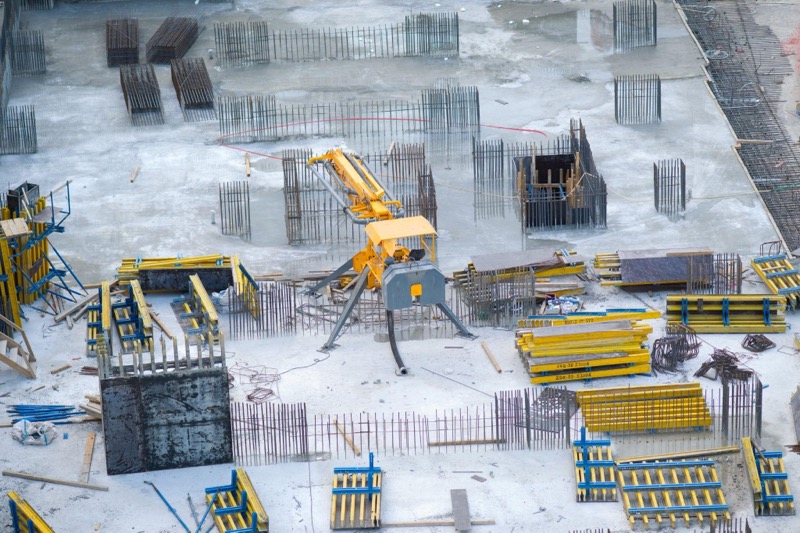Asbestos, a hazardous mineral once extensively used in various industries, has exposed countless employees to severe health risks for decades, leading to numerous cases of mesothelioma, lung cancer, and other respiratory illnesses.
Prolonged exposure to asbestos fibers presents significant health risks, particularly to the respiratory system. Inhaling these hazardous fibers can lead to life-threatening diseases and due to the long latency period of these illnesses, prevention and avoidance of exposure are paramount.
For decades, numerous workers across industries were unknowingly exposed to asbestos, resulting in devastating consequences for their health and quality of life. Many individuals who handled asbestos or worked in asbestos-contaminated environments have faced debilitating diseases, imposing substantial challenges on their lives and livelihoods.
While asbestos usage is now regulated, the possibility of encountering it at work still exists. Understanding safety precautions and educating employees on appropriate actions in such situations is crucial to safeguard their well-being.
Keeping Safe Around Asbestos
Keeping safe around asbestos is of utmost importance to protect yourself and others from potential health risks. Follow these essential guidelines to ensure your safety when working in environments where asbestos may be present:
-
Awareness and Education:
Educate yourself about asbestos, its potential health hazards, and the locations where it might be found. Understand the importance of following safety protocols and precautions to minimize exposure risks.
-
Identify Asbestos-Containing Materials (ACMs):
Be aware of common materials that may contain asbestos, such as insulation, ceiling tiles, floor tiles, roofing shingles, cement pipes, and some wall textures. If you are unsure whether a material contains asbestos, treat it as potentially hazardous until confirmed otherwise.
-
Work with Professionals:
Avoid handling or attempting to remove asbestos-containing materials on your own. Hire trained and licensed asbestos professionals for inspections, testing, and removal if necessary. These experts have the knowledge and equipment to handle asbestos safely.
-
Protective Equipment:
When working in areas where asbestos might be present or during asbestos removal, wear appropriate personal protective equipment (PPE), including a respirator with HEPA filters, disposable coveralls, gloves, and safety goggles. Make sure the PPE fits properly and is in good condition.
-
Minimize Disturbance:
Do not disturb asbestos-containing materials unnecessarily. If you suspect the presence of asbestos, avoid drilling, cutting, or breaking the material, as these actions can release harmful fibers into the air.
-
Wet Methods:
If asbestos must be disturbed for repair or removal purposes, use wet methods to minimize fiber release. Spraying water or using a gentle mist can prevent the fibers from becoming airborne.
-
Controlled Work Area:
Establish a controlled work area when handling asbestos-containing materials. Isolate the area with barriers and warning signs to prevent unauthorized access.
-
Proper Waste Disposal:
Follow local regulations for asbestos waste disposal. Double-bag any debris or materials containing asbestos and label them clearly as hazardous waste and dispose of asbestos waste at approved facilities.
-
Decontamination:
After working around asbestos, carefully remove and dispose of your PPE. Thoroughly clean your skin and clothing to prevent any potential asbestos fibers from spreading. Know more about the importance of PPE here.
-
Regular Health Monitoring:
If you work in an environment with potential asbestos exposure, you will need to participate in regular health monitoring programs. This can help detect any asbestos-related health issues at an early stage.
-
Report Suspected Asbestos:
If you come across damaged or deteriorated materials that might contain asbestos, report it to your supervisor or building management immediately.
By following these safety measures and promoting awareness among coworkers, you can significantly reduce the risks associated with asbestos exposure and contribute to a safer working environment for everyone.
Workers who remove asbestos or perform maintenance, remodeling, or demolition tasks are most likely to be exposed. To minimize risk to employees, contact a professional like Black Diamond asbestos removal Newcastle to have the site assessed and an exposure plan developed.
Removing Asbestos
Asbestos removal is a complex and hazardous procedure that should be undertaken by licensed and experienced professionals to ensure safety and compliance with regulations.
Any asbestos trash should be disposed of at a permitted disposal location.
Even before removal, professionals need to assess the area, plan safety precautions to systematically remove asbestos in the area to avoid causing damage that could release fibers. All removed asbestos materials are securely sealed and double-bagged in specialized asbestos disposal bags. This containment prevents any potential fibers from escaping during transportation.
Asbestos waste should never be disposed of with regular household or construction waste. Instead, it should be taken to authorized facilities that can handle hazardous materials. The disposal options include:
Licensed Landfills: Some landfills are specifically licensed to accept asbestos waste. These facilities have the necessary equipment and procedures to handle and contain asbestos properly.
Hazardous Waste Transfer Stations: These stations accept hazardous materials, including asbestos, for proper disposal. They ensure that the waste is transported to appropriate disposal sites.
Asbestos Waste Collection Services: In some areas, specialized waste collection services are available for asbestos disposal. These services are equipped to safely transport and dispose of asbestos waste.
In conclusion, the importance of following asbestos safety procedures and maintaining a vigilant approach to asbestos exposure cannot be overstated. To protect ourselves and others from the dangers of this hazardous mineral, strict adherence to safety protocols is crucial.
By being aware of the risks associated with asbestos and educating ourselves on its presence in workplaces and older buildings, we can make informed decisions to prevent exposure. Employers must prioritize the safety of their workers by conducting thorough risk assessments, providing adequate training, and ensuring the proper use of personal protective equipment.
Engaging licensed professionals for asbestos removal and disposal is also imperative to ensure that the process is handled with expertise and in accordance with regulatory standards.
Maintaining a safe working environment and adhering to proper asbestos safety procedures not only protects the health of workers but also safeguards the well-being of future generations. Let us prioritize safety and be steadfast in our commitment to protect ourselves and those around us from the dangers of asbestos.
















